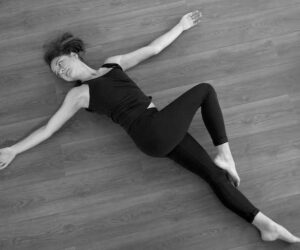Mind-body therapies are healing methods based on the fact that our minds can affect our bodies’ functions and symptoms. Our thoughts, feelings, beliefs, and attitudes affect our bodies and biological functioning, positively or negatively as well.
There is an inseparable connection, a complex interrelationship between the mind and the body. Therefore our emotional and mental health is crucial to have a healthy body. With the help of the so-called mind-body therapies, we can successfully enhance our life.
There are various approaches available such as relaxation techniques, meditation, biofeedback, hypnosis, massages, homoeopathy, acupuncture, and more. Many of these complementary therapies have been used for long centuries to relieve people’s symptoms.
Today there’s scientific evidence regarding complementary and alternative medicine therapies, and many people use them alongside conventional treatments.
We have put together a list of ten mind-body therapies proven to work effectively in treating various health problems.
Reflexology
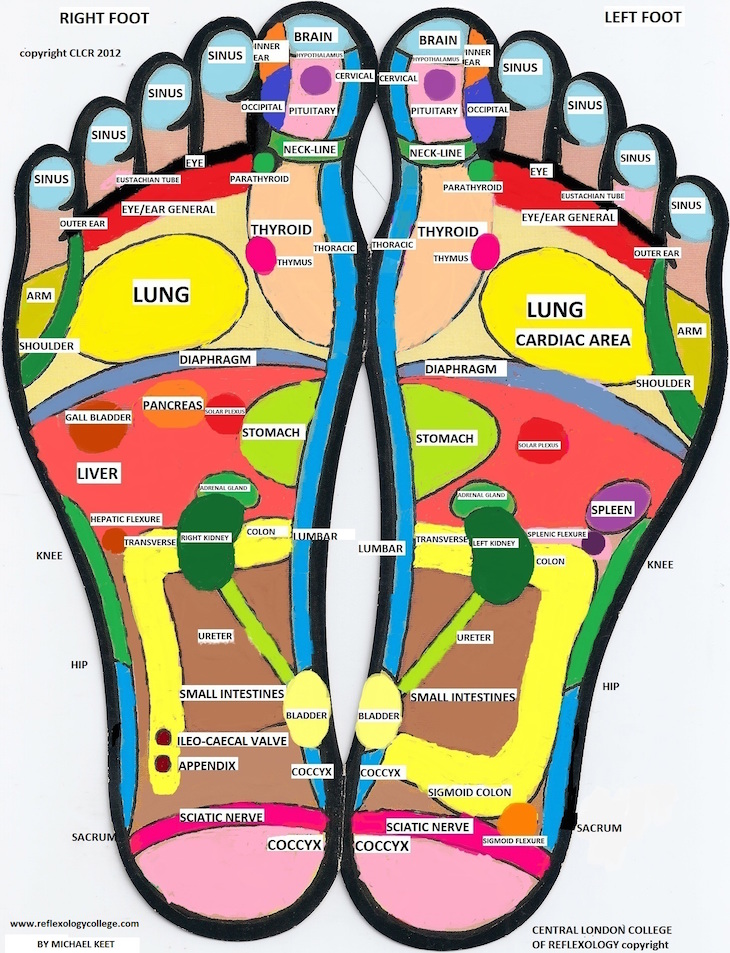
via www.thereflexologyspace.com
Reflexology works by stimulating certain areas of the feet believed to correspond to different parts of the body. The therapist uses hand, thumb, and finger to apply pressure to these sensitive points, thus helping to unblock the body’s flow of vital energy. Reflexology improves health holistically by re-balancing the mind-body. It improves blood circulation, stimulates nerve conduction, and reduces toxins via the lymphatic system. To learn more or to find a therapist, click here.
Used to treat: stress, stress-related conditions, sleep disorders, migraine, depression, pain
Music Therapy
Music has been used as a healing tool since ancient times – appearing in Ancient Greece, Native Americans, India, and China. Music Therapy is the clinical and evidence-based use of music interventions to achieve individualized goals within a trained professional’s therapeutic relationship. Music can influence physical, emotional, cognitive, and social well-being. Find out more about music therapy here.
Used to treat: mental health needs (all age groups), developmental and learning disabilities, Alzheimer’s disease and other aging-related conditions, substance abuse problems, brain injuries, physical disabilities, acute and chronic pain
Biofeedback
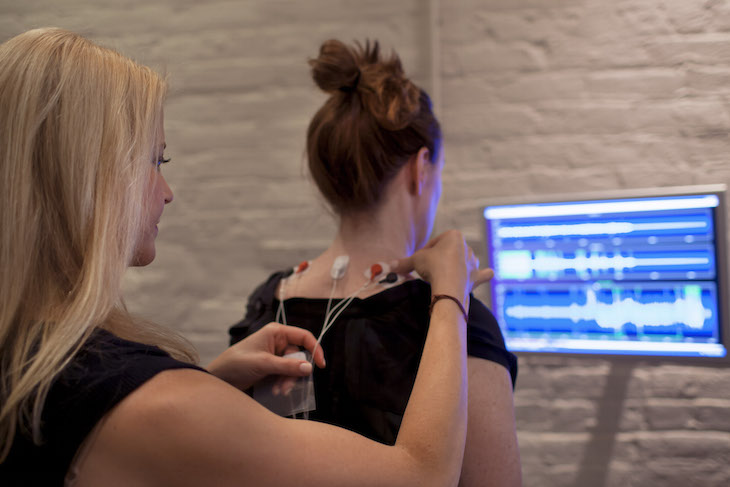
This method helps people to become conscious of otherwise unconscious body processes. Sensors attached to the body provide instant feedback on things like heart rate, blood pressure, skin temperature, and muscle tension. The results are reviewed on a monitor, and then the therapist teaches mental and physical exercises to control those functions. Therefore this treatment technique trains people to improve their health using signals from their own bodies. In essence, biofeedback attempts to use the mind to control the body.
Used to treat: headache, migraine, urinary incontinence, anxiety, depression, stress
Hydrotherapy
Hydrotherapy can be defined as the external application of water in any form or temperature (hot, cold, steam, liquid, ice) for healing purposes. This is a broad field that includes immersion in the bath, water jets, douches, whirlpool, mineral baths, saunas, or aquatic physical therapy called Watsu. The healing power of water has been used for thousands of years all around the world. These water treatments detoxify the blood, enhance the immune system, and expand blood vessels. Water relieves the body of much of the effects of gravity. It also has a hydrostatic effect and has a massage-like feeling as the water gently kneads the body. Moving water stimulates the touch receptors on the skin, increasing blood circulation and releasing tight muscles.
Used to treat: pain, dermatitis, psoriasis, and knee osteoarthritis, stress.
Tai Chi
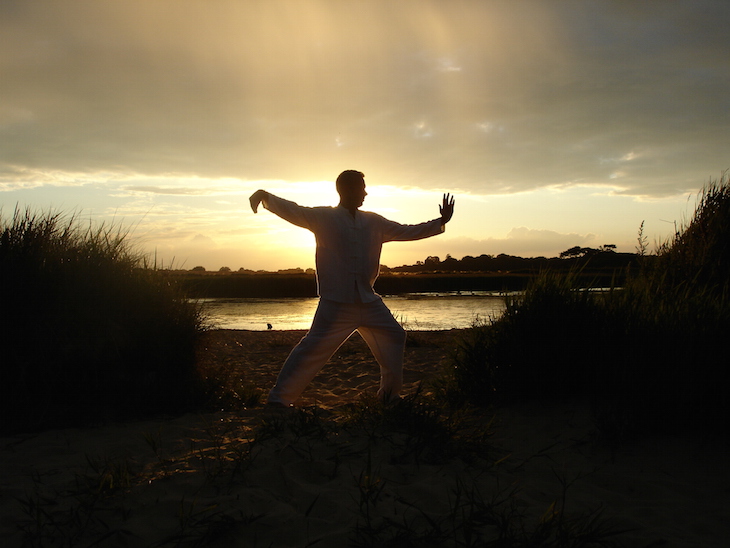
via woolpit-complementary.co.uk
Tai Chi is an ancient Chinese exercise system dating back to 2,000 years ago as a martial arts strategy. It includes gentle, slow, deliberate, meditative body movements to achieve mental and bodily relaxation. It is often described as “meditation in motion.” Tai chi includes sequences of slow movements coordinated with deep breathing and mental attention. Specific forms or poses may last from five to 30 minutes. Tai Chi aims to reestablish the balance between the opposing life forces (yin and yang) to achieve harmony between the body, mind, and the outside world.
Used to treat: pain, mood disorders, diabetes, Parkinson’s disease, stress, arthritis
MBSR – Mindfulness-Based Stress Reduction
MBSR is a mindfulness-based program, a combination of mindfulness meditation, body awareness, and yoga to help people become more aware. It helps to quiet our busy brain and to focus on the present moment. The aim is to learn to let go of thoughts, limiting beliefs, and worries about the future. MBSR program is an eight-week workshop taught by a certified trainer. It includes weekly group meetings, homework, and instruction in three formal techniques: mindfulness meditation, body scanning, and simple yoga postures.
Used to treat: depression, stress, chronic fatigue syndrome, fibromyalgia, enhance learning and memory
Acupuncture
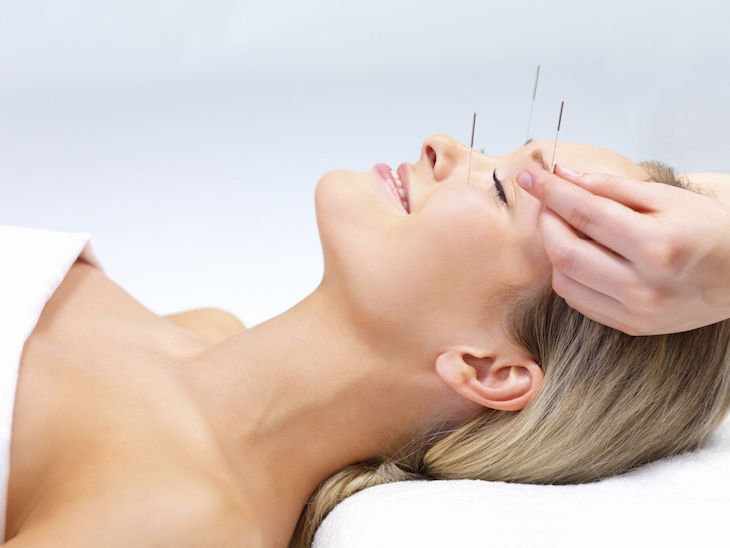
Acupuncture is a key component of Traditional Chinese medicine. It is practiced by inserting extremely thin needles through the skin at strategic acupoints on your body to stimulate them. Acupuncture is re-balancing the flow of energy in the body, the Qi (chi). It is an ancient technique for treating some painful conditions and for regional anesthesia. During a treatment, the nervous system can release endorphins and other compounds to the muscles, spinal cord, and brain. This can change the experience of pain and trigger the release of other chemicals and hormones. Click here to learn more about acupuncture and to find a therapist.
Used to treat: migraines, chronic pain, insomnia, Fibromyalgia Syndrome, arthritis, skin conditions
Meditation
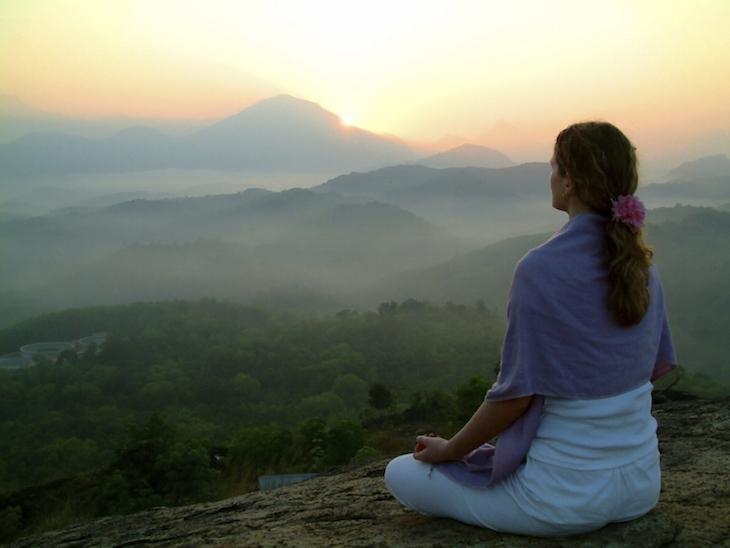
via aboutmeditation.com
Meditation is a self-directed practice for relaxing the body and calming the mind. Most techniques have come to the West from Eastern religious practices, particularly in India, China, and Japan. Its health benefits have long been recognized, and thus meditation is now being further explored in the Western world to reduce stress in both mind and body. During meditation, we refocus the attention on calming thoughts and your breath. There are several different types of meditation, including mindfulness meditation, repeating a mantra, or guided imagery or visualization.
Used to treat: anxiety, asthma, chronic pain, depression, hypertension
Aromatherapy
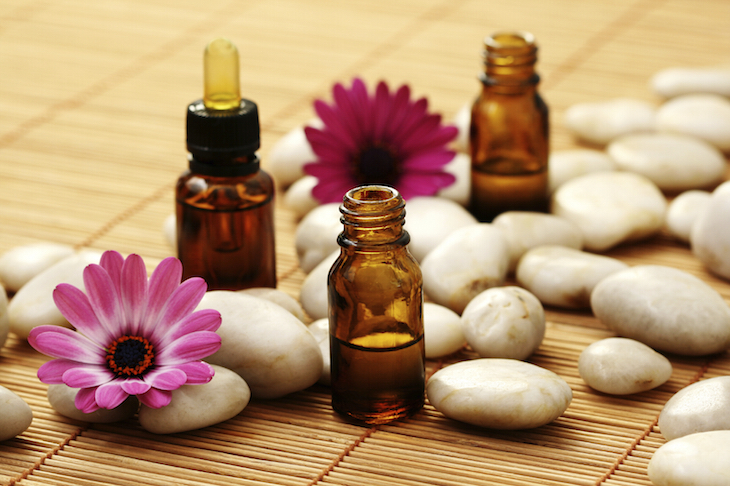
via www.celebstatus.net
Aromatherapy is the therapeutic application of plant essential oils by qualified individuals. These oils have been used for thousands of years. Ancient Egyptians used fragrant oils for bathing and massage, steam inhalation, or mouthwashes. Genuine aromatherapy treatments use concentrated essential oils drawn from various herbs. With aromatherapy, we can prevent or treat illnesses, reduce stress, or enhance well-being. It works by the stimulation of the limbic system in the brain resulting in an improved mood.
Used to treat: sleep disorders, depression, anxiety, stress
Acupressure
Acupressure has been used in China since 2000 BC, before the use of acupuncture. Applying finger pressure to specific acupoints throughout the body to open energy flows and release tension is a practice of applying finger pressure to specific acupoints. It is like acupuncture without needles. Acupressure techniques are widely practiced internationally for relaxation, wellness promotion, and the treatment of various health conditions. The therapist’s healing touch reduces muscular tension, increases circulation, and enables deep relaxation. By relieving stress, acupressure therapy strengthens resistance to disease and promotes wellness.
Used to treat: Chronic neck pain, motion sickness, lower back pain


